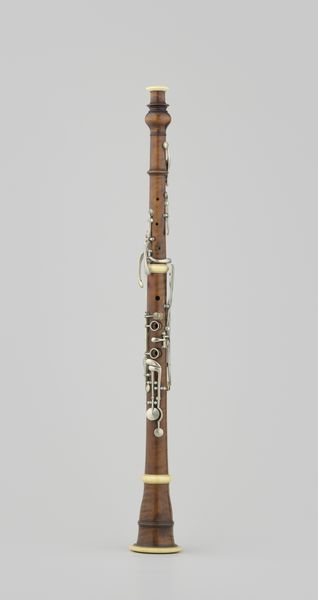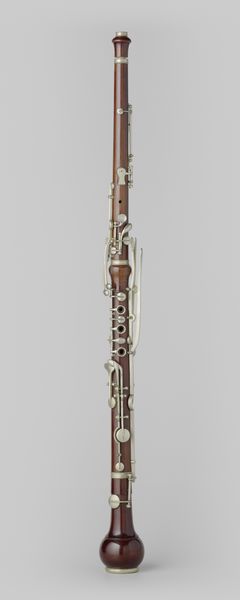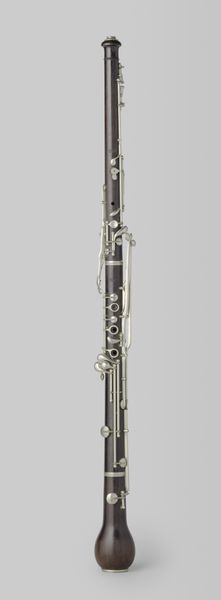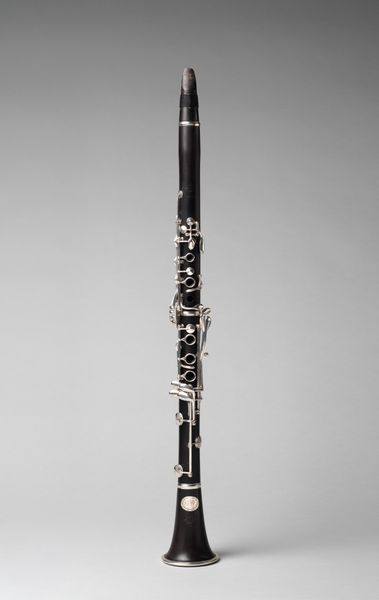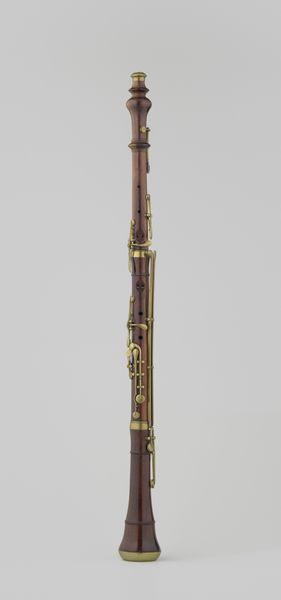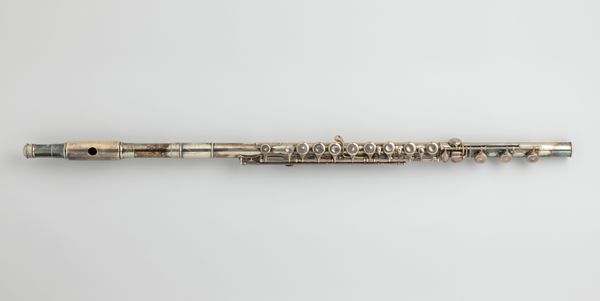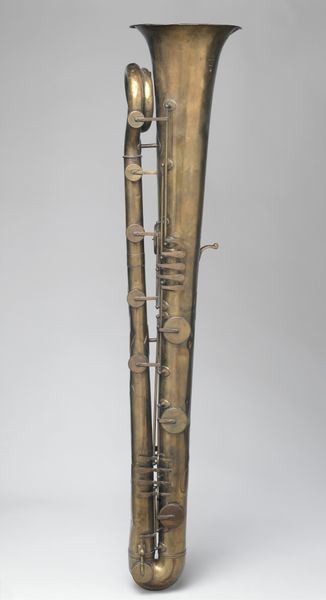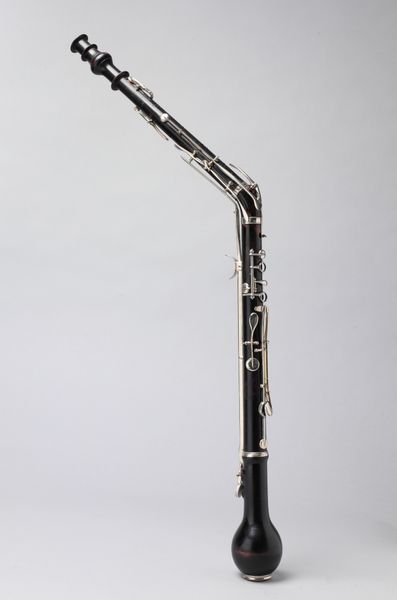
metal, wood
#
metal
#
wood
Copyright: Rijks Museum: Open Domain
This oboe was made by Guillaume Triébert, active in the late 18th and early 19th centuries. What is it about this simple object that captures the imagination? Like the pipes of Pan, this instrument is a symbol of pastoral simplicity and connection to nature. Wind instruments have long held a special place in the human psyche. Think of the aulos in ancient Greece, used in ecstatic religious rites. Or consider the shofar, a ram’s horn used in Jewish ceremonies to evoke repentance and spiritual awakening. These instruments are more than mere tools; they are conduits to deeper emotional states, connecting us to primal feelings. The sound of the oboe, with its plaintive, yearning tone, has the power to stir something deep within us. Perhaps it is a collective memory, a subconscious echo of ancient rituals and long-forgotten melodies. This oboe is not just an instrument; it is a vessel of human emotion. The way that the sound can elicit complex emotional responses shows how symbols continue to evolve.
Comments
No comments
Be the first to comment and join the conversation on the ultimate creative platform.
